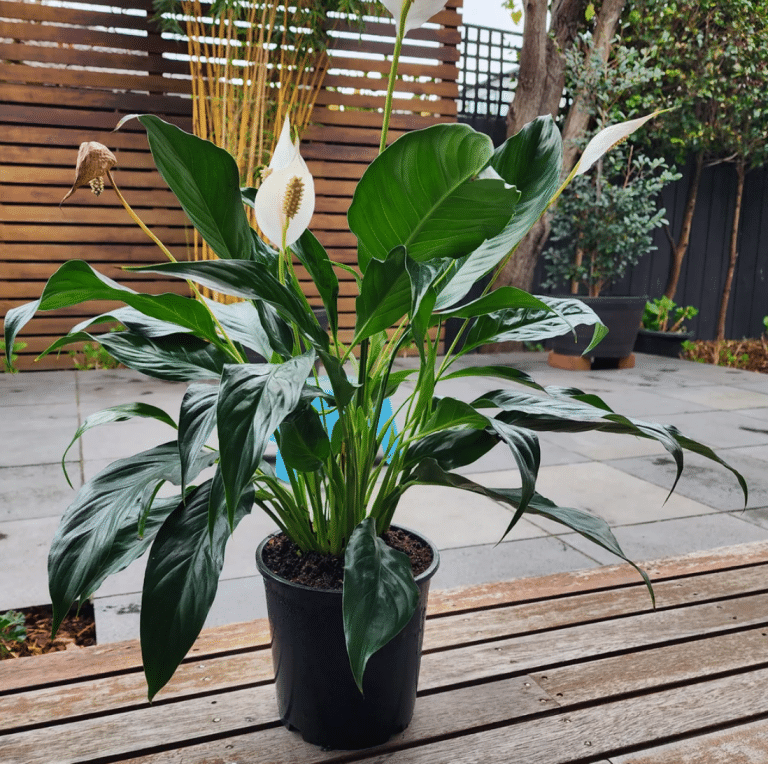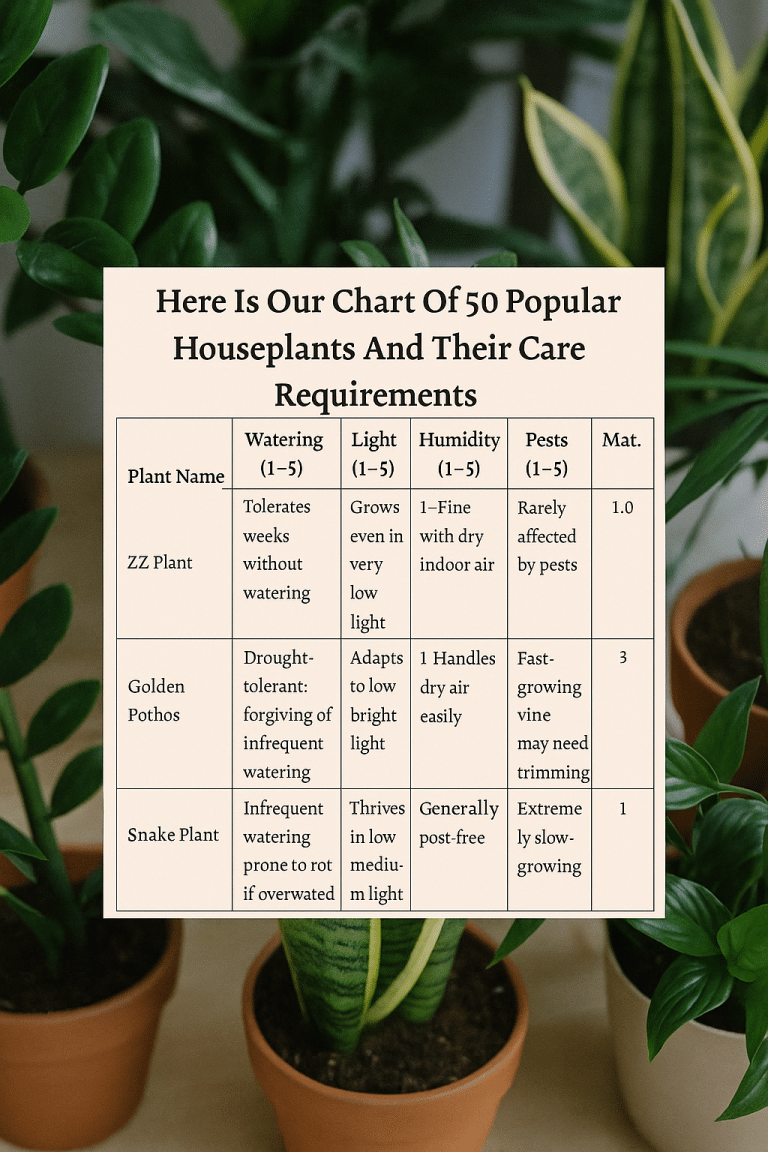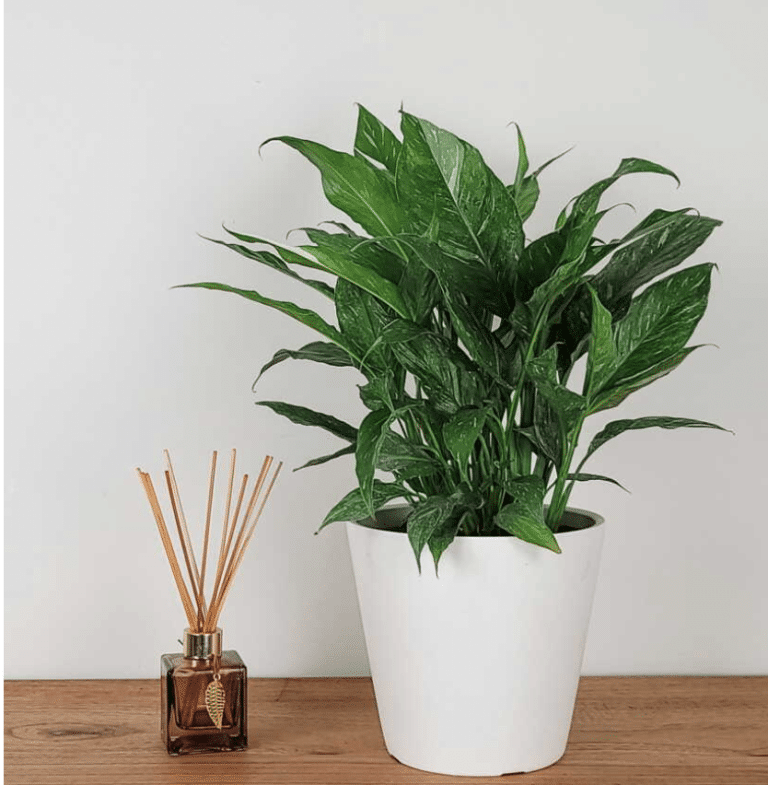Why Are My Purple Plant Leaves Turning Green?
Find out why your purple plant leaves are turning green—based on real fixes from our Brooklyn community home to help restore rich, vibrant foliage fast.

When you purchase through links on our site, we may earn an affiliate commission, which helps sustain our blog!
If your vibrant purple houseplant is slowly turning green, you’re not imagining things. It’s a common issue for indoor plant lovers, especially when light, water, or nutrients aren’t quite right.
But don’t worry—we’ve seen this firsthand in our own Brooklyn plant home with hundreds of houseplants. From the tradescantia (pictured) that lost its shimmer to a Purple Heart that went full jungle green, we’ve made every mistakes. This guide walks you through the most common reasons why purple leaves fade—and what to do about it, so your plants stay as colorful as they were the day you brought them home.
Summary
Why are my purple plants turning green?
Purple leaves often turn green due to insufficient light—bright, indirect light helps preserve their pigment. Other causes include overfertilizing, aging foliage, or stress from inconsistent watering. Move the plant closer to a light source and trim faded leaves to encourage vibrant regrowth.
The Science Behind Purple Leaves (and Why They Turn Green)
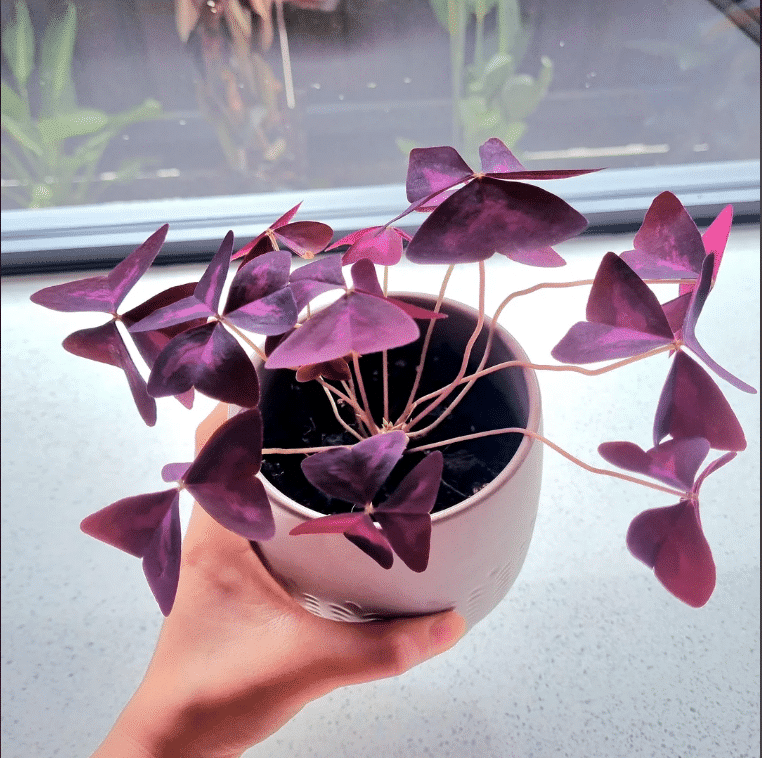
Role of anthocyanins vs. chlorophyll
The deep purple tones we love come from anthocyanins, while chlorophyll gives leaves their green. In many purple plants, these two pigments exist at the same time—anthocyanins just dominate when conditions are ideal. But when light or nutrients drop off, chlorophyll takes over, and suddenly, that rich purple fades to green.
Environmental conditions that trigger pigment changes
We noticed that whenever we moved our Purple Heart plant to a dimmer spot, it started turning green. Why? Because anthocyanins develop in response to bright, indirect light and good nutrition. Too little of either, and the plant defaults to more chlorophyll to keep surviving—even if it means losing its signature color.
Why some green is natural, and when it’s a red flag
Some amount of green is totally normal, especially on older leaves or lower parts of the plant. But when the upper, newer growth starts turning green, or the color shift is fast and widespread, that’s when we take it as a warning sign. Healthy purple plants usually keep their color from the top down.
Temporary vs. permanent color changes in purple foliage
Not every fade is forever. We’ve seen plants go green in winter when light drops, then bounce back in spring. If the rest of the plant looks healthy and there’s no sign of stress, it’s probably temporary. But if it stays green for months and new growth lacks purple, that’s usually permanent without intervention.
Common Causes of Purple Leaves Turning Green Indoors
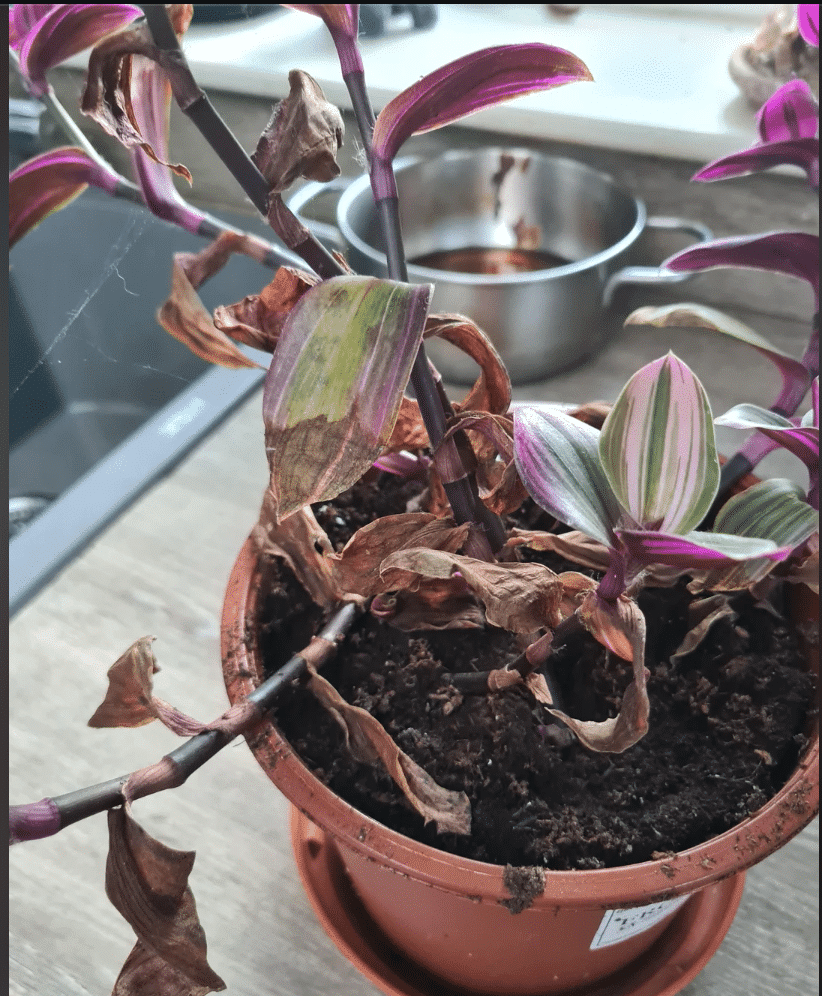
Inadequate Light: Not enough brightness reduces anthocyanin production
We stuck a Purple tradescantia plant in what we thought was “low light”—but it was more like no light. Within weeks, the color faded. Without bright, indirect light, anthocyanins stop forming and the plant leans into chlorophyll to survive. Now we make sure to check light levels before placing our purple plants.
Excessive Shade or Distance from Windows: Gradual fade to green
Even if a room seems bright, distance from the window matters. We once placed a Purple Orchid six feet from a window, and it slowly turned green without showing obvious distress. When we moved it just two feet closer, the color started returning. That small shift made a big impact!
Overwatering or Poor Drainage: Stress reduces pigment strength
We used to think a soggy pot was just an annoyance—turns out, it’s a stress trigger. Overwatered plants start showing dull, washed-out leaves because they’re too focused on survival to produce pigments. Adding better drainage and waiting longer between waterings helped our purple plants bounce back.
Read also: Best pots for purple houseplants
Lack of Nutrients (especially phosphorus): Leaf color dulls or shifts
At one point, all our purple foliage started looking faded at once. We hadn’t fertilized in months. A balanced fertilizer and soil for this purple plants—especially with phosphorus and micronutrients—brought the color back fast. It reminded us that even soil that looks fine can be nutrient-depleted after a season or two.
Aging Leaves: Natural green reversion in older foliage
We’ve learned not to freak out when a bottom leaf goes green or fades—older foliage naturally reverts as the plant shifts energy to new growth. Unless it’s happening all over, we just prune the leaf and focus on encouraging fresh purple growth.
Improper Potting Mix or Soil pH: Impacts nutrient absorption
We once used a basic potting mix for everything—and our purple Calathea hated it. Turns out, soil pH affects nutrient uptake, and some purple plants prefer a slightly acidic mix. Swapping to a loamy, well-aerated blend made the nutrients more available, and the color slowly returned.
How to Tell Which Cause Is Affecting Your Plant
Leaf position: top vs. bottom, new vs. old
If older, lower leaves are fading, it’s probably natural aging. But if new growth or top leaves are coming in green, that’s a red flag. Healthy purple plants should keep their pigment on the topmost, freshest leaves.
Timing: slow fade vs. sudden change
A gradual fade is usually due to low light or minor stress. A sudden shift, though—like leaves turning pale or green overnight—can be from overwatering, temperature shock, or even pest issues. We track how fast the change happens to decide how urgent it is.
Additional symptoms (wilting, browning, curling)
Color change on its own isn’t always a crisis. But when it’s paired with wilting, browning tips, or curling leaves, something bigger is wrong. That’s when we check for root issues, light loss, or a buildup of salts in the soil.
Light mapping your space to check exposure
We finally started doing a little “light mapping” in our home—basically just watching how the sun moves through different rooms throughout the day. It helped us figure out that what we thought was a bright corner only got 1–2 hours of usable light. We now move plants seasonally and check shadows before deciding where they live.
Easy Fixes to Restore Purple Color in Your Plants
Move plant closer to a bright east- or west-facing window
Sometimes it’s as easy as moving the pot a foot or two closer to the window. Our Fittonia turned green until we placed it in a west-facing nook—then, slowly, the purple came back. Morning or late afternoon sun with some filtering works best.
Use sheer curtains to avoid scorching from direct sun
We used to fear windows with direct light, but with a sheer curtain, even a south-facing space becomes plant-friendly. It filters out the harsh rays while still giving the brightness purple plants need.
Read also: How to maintain purple foliage of purple houseplants
Use balanced fertilizer with micronutrients—especially phosphorus
We now feed purple plants with a balanced liquid fertilizer every month in spring and summer. If the label lists micronutrients like magnesium, even better. Within a few weeks, the foliage starts to deepen.
Improve soil with loamy mix and proper drainage
Switching to a loamy, peat-free mix with perlite and bark helped with both drainage and color recovery. Compact soil kept the roots too wet, which slowed pigment production. A fresh mix made a huge difference.
Prune old or green-reverted leaves to encourage new growth
We now regularly snip off green or faded leaves to redirect energy into fresh, purple growth. It also helps the plant look better instantly while encouraging a quicker comeback.
When to Be Concerned and What to Watch For
Entire plant turning green suddenly
If the whole plant shifts from purple to green in just a few days, it’s probably environmental shock or acute stress. That’s when we take a closer look at watering habits, temperature changes, or light drops.
Accompanied by leaf drop, wilting, or root rot
If fading is happening along with drooping leaves, mushy stems, or foul-smelling soil, it’s time to unpot and check the roots. Overwatering or poor drainage can damage the root system and trigger pigment loss.
No signs of new purple growth over time
We give plants a full growth cycle (a few months) to recover color. If new leaves are still coming in green, we reassess the light and nutrients. It’s a sign something’s still off, even if the plant looks “okay.”
Discoloration with pest or fungal signs
Spots, powdery residue, webbing—these aren’t normal. If we see discoloration with fungal or pest symptoms, we isolate and treat fast. Pests can stress a plant enough to halt pigment production entirely.
When to propagate or restart the plant
If nothing works and the plant is leggy, dull, and weak, we propagate the healthiest part. A cutting in fresh soil under better light conditions often rebounds faster than waiting for the original to recover. Sometimes a restart really is the best option!
Conclusion:
Watching your purple beauty lose its color can feel disappointing—but the fix is often simple. A little more light, better soil, or an extra nutrient boost can bring back the bold hues you love. And if a few green leaves sneak in? That’s just your plant being its adaptable self. Keep observing, experimenting, and enjoying the process—and soon, your purple plant will be back in its full glory. Happy plant parenting!




